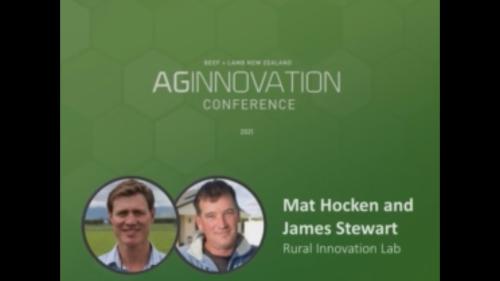Search results
Displaying 471 - 480 results of 1231
- Factsheet… prevention crucial provide adequate feed reduce stressful situations particularly … losses pregnancy toxaemia sometimes referred sleepy sickness twin lamb disease lambing … affects multiple bearing ewes late pregnancy predisposing factors usually fall categories …
- Podcast… role of animal sourced foods (with a focus on red meat) in sustainable global diets. View the …

- Factsheet… regain control business write plan can shared acted upon everyone involved your business … feed use decide which stock sell required check adequacy shaded areas stock short … supplement needs added make paddock last required time what going about any deficit feed …
- Factsheet… 100 extra dry matter over oneyear period compared unmated hogget more labour required inlamb hoggets reduce management options coping feed …
- Resource book… industry lnz genetics liable any damage suffered result reliance information contained … scores 3 introduction nprove has number scored traits can recorded sheep flocks some … 5 acknowledgement colour score chart courtesy meat livestock australia visual sheep scores …
- We are a community led group who care about the biodiversity in our community. We have begun stocktaking what is here and have initial projects underway for pest control, river shading and water …
- News… Dave Harrison attended the day along with Meat Industry Association’s (MIA) Ashlin Chand who represented red meat processors. Also attending was Liam … “Chinese consumers have high expectations of red meat imports in terms of quality, food …

- News… economic contribution New Zealand's red meat sector generates for Kiwis. …

- … situation constantly evolving and open and predictable market access being vital for the on-going success of our sector, Beef + Lamb New Zealand frequently …
- VideoThe Rural Innovation Lab aims to help entrepreneurial farmers and growers connect with like-minded thinkers and new ways to solve problems; to get ahead of the changes and disruptions in farming. …
